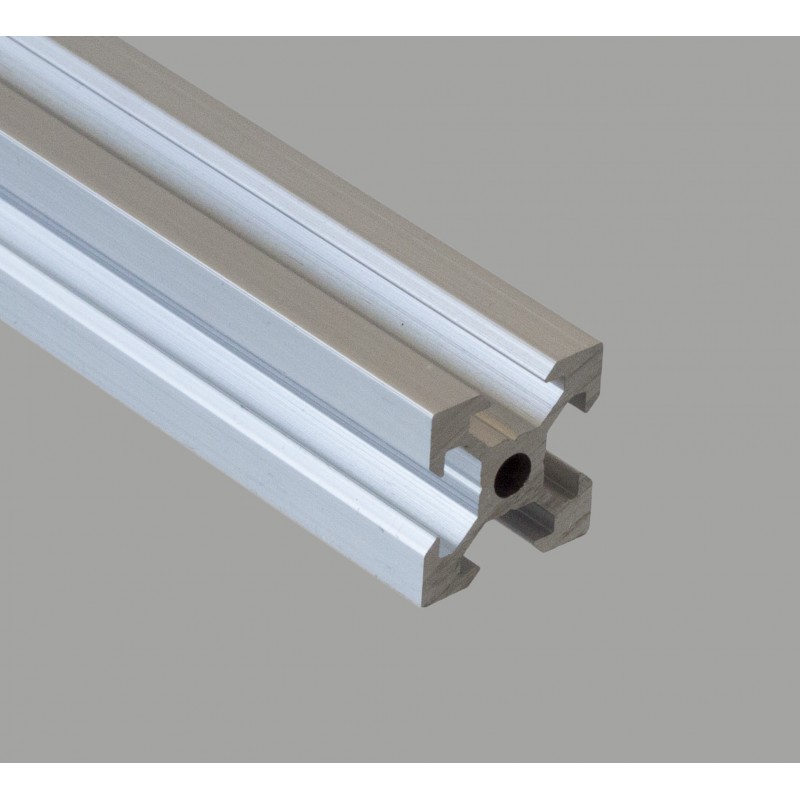Décomposition mentale et infinitude spatiale / Mental decomposition and spatial infinity

La décision fut donc prise un jour de février 2020, comme à la suite d’une lente maturation involontaire, de ne jamais faire qu’un seul espace. Chaque nouvelle œuvre s’insèrerait dedans ou gagnerait son autonomie temporaire selon les contextes. Cette insertion serait un emboitement en prenant comme mesure régulière 1x1x1m. Le monde serait découpé selon ces dimensions et les objets, dispositifs, images, données (disque dur, clé USB, support de mémoire x ou y) pourraient s’emboiter dedans, trouver leur place, être stockés.
Cela a commencé avec « Terre seconde » et la structure montée en aluminium qui, pour des raisons de rationalité de production, fut divisée en une longueur de 100 cm, division qui pouvait ensuite être additionnée pour donner d’autres dimensions grâce à des connecteurs. Cette unité de base permettrait, dans les limites de son minima, de produire toutes les formes.
Plutôt que d’une tentative de totalisation de l’espace fondée sur une division unitaire, il s’agissait déjà, à la suite des Incomplete Open Cubes (1974) de Sol LeWitt, de produire un espace incomplet, toujours en devenir et qui s’excèderait. La possibilité de l’espace à venir venant déborder et structurer l’appréhension de l’espace existant faisant voler en éclat la schématisation d’un espace à priori, le ramenant à sa pure possibilité, c’est-à-dire à son diagramme.
Cette division ouverte fit écho, à postériori, à un projet qui était déjà en cours depuis 2014, « L’augmentation des choses » et qui consistait à inverser la relation entre matérialité et numérique dans le cadre de la réalité augmentée en produisant des objets matériels accueillant, et donc manquant, de l’augmentation numérique. Il devenait par là même possible d’excéder l’espace construit par la fissure entre des régimes de matérialités, l’espace numérique venant compléter et variabiliser l’espace d’origine. “Internes” fut découpé en 1x1x1m. “Externes” pourra s’insérer dans le dispositif grâce aux connecteurs matériels.
Cette logique pouvait donc s’appliquer à tout ce que j’avais déjà fait et à tout ce que je pourrais faire.
–
The decision was therefore taken one day in February 2020, as if following a slow involuntary maturation, to make only one space. Each new work would fit into it or gain its temporary autonomy depending on the context. This insertion would be an interlocking by taking 1x1x1m as a regular measurement. The world would be cut out according to these dimensions and the objects, devices, images, data (hard disk, USB key, x or y memory support) could fit into it, find their place, be stored.
It started with “Terre seconde” and the assembled aluminium structure which, for reasons of production rationality, was divided into a length of 100 cm, a division which could then be added up to give other dimensions thanks to connectors. This basic unit would make it possible to produce any shape within its minimum dimensions.
Rather than an attempt to totalize space based on a unitary division, it was already a question, following Sol LeWitt’s Incomplete Open Cubes (1974), of producing an incomplete space, always in the process of becoming and exceeding itself. The possibility of the space to come overflowing and structuring the apprehension of the existing space makes the schematization of a space a priori shatter, bringing it back to its pure possibility, that is to say to its diagram.
This open division echoed, a posteriori, a project that had already been underway since 2014, “The Increase of Things”, which consisted in reversing the relationship between materiality and digitality in the framework of augmented reality by producing material objects welcoming, and therefore lacking, digital increase. It was thus possible to exceed the space constructed by the crack between materiality regimes, with digital space complementing and variabilizing the original space. “Internal” was cut into 1x1x1m. “External” will be able to be inserted in the device thanks to the hardware connectors.
This logic could thus apply to everything I had already done and to everything I could do.
